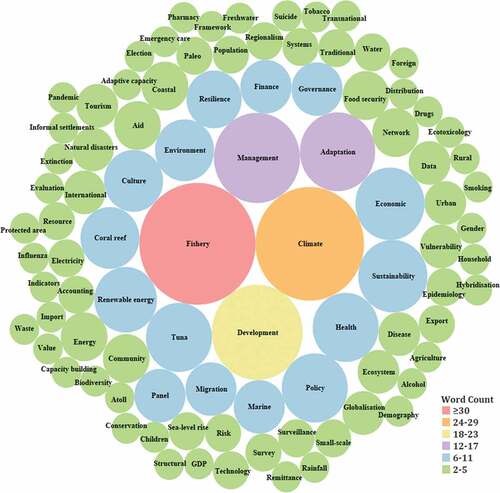Figures & data
Figure 1. A PRISMA flow diagram of the Pacific LOS literature review adapted from Page et al. (Citation2021). The diagram outlines the review methodology.
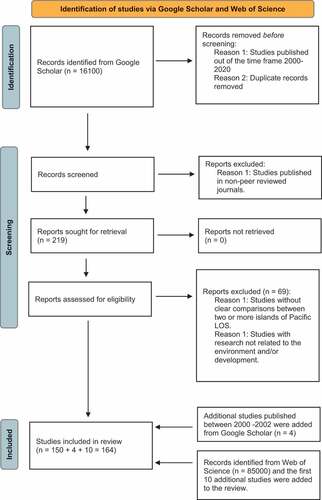
Figure 2. A map of the pacific region indicating the location and frequency of studies of each Pacific LOS small Pacific Islands. As = American Samoa, FP = French Polynesia, FSM = Federated States of Micronesia, NC = New Caledonia, NMI = Northern Mariana Islands, PNG = Papua New Guinea, WF = Wallis and Futuna.
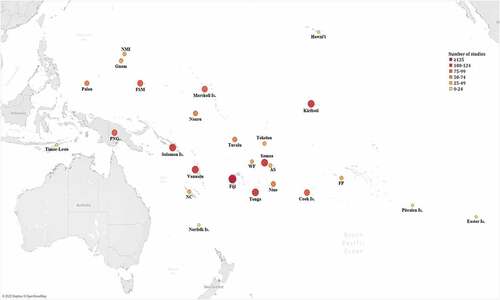
Figure 3. Frequency plots indicating the research disciplines of the literature reviewed from 2000 to 2020 (a), the spatial scale of studies (b) and the research themes of only the social-ecological disciplined studies (c). Additional sources that contributed to the figures but are not directly cited in text include Chand Citation2002; Rasanathan et al. Citation2007; Mishra et al. Citation2010; Pak et al. Citation2014; Ekeroma et al. Citation2016; Keeley Citation2016; Lin et al. Citation2017; Takahashi Citation2019; Tolkach and Pratt Citation2019.
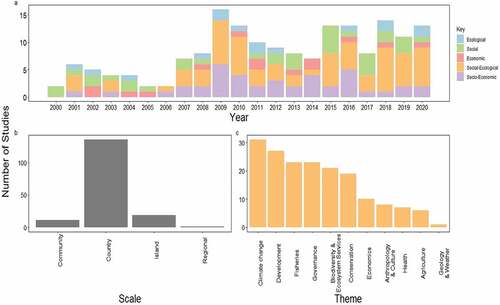
Figure 4. A Sankey diagram indicating the top five sources of funding of the studies reviewed. The sources of funding were grouped into regions with a single/joint governing body. The ‘Other’ category is an aggregate from Pitcairn Island, the Hawaiian Islands Timor-Leste, Easter Island and Norfolk Island.
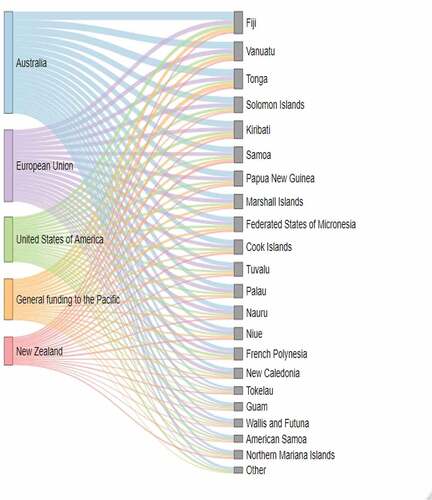
Figure A1. A rarefaction curve of the number of topics included in different samples sizes of publications. This allowed the prediction of a reliable sample of studies for a thorough review process. The number of themes saturated at 110 papers indicating that the number of studies included within this review (164) was a reliable sample set as the rarefaction curve indicates that no or few themes will be found after 110 studies.
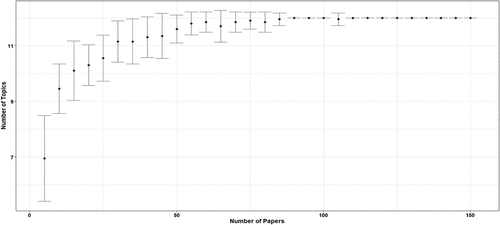
Table A1. The social-ecological publications included, and topics discussed under each theme.

